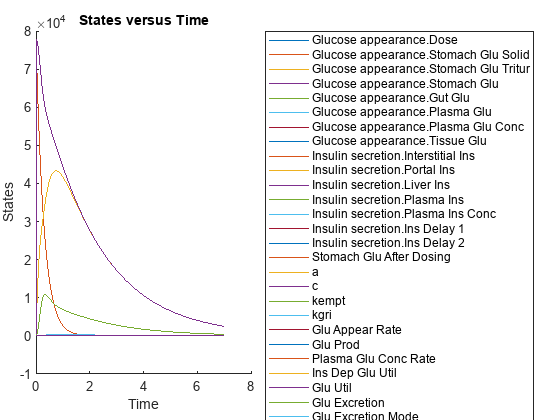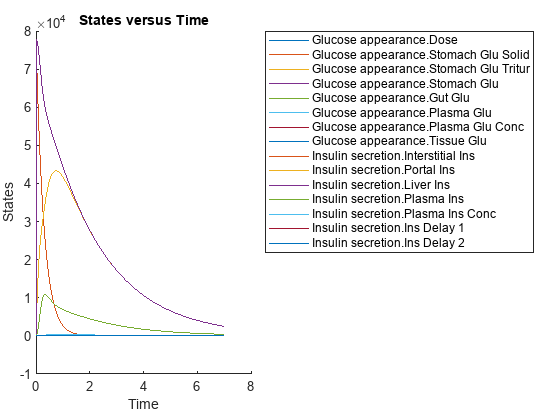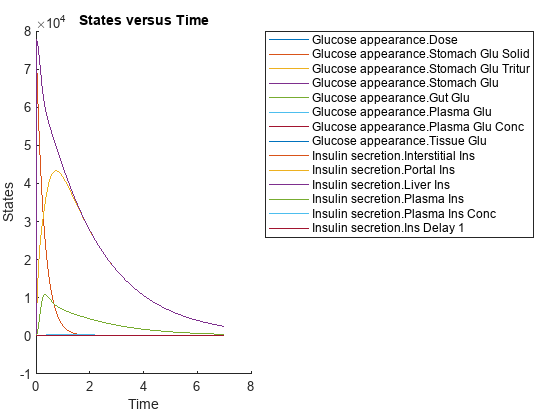removebyname
Remove simulation data by name from SimData object
Syntax
Description
[
returns the simulation time points t,x,names] = removebyname(simdata,selectNames)t, the simulation data
x, and corresponding names after removing the
simulation data of model components specified by selectNames.
sdOut = removebyname(simdata,selectNames)selectNames as a SimData object
sdOut.
___ = removebyname(
returns the simulation data in the specified data format.simdata,selectNames,'Format',formatValue)
Examples
Input Arguments
Output Arguments
Version History
Introduced in R2020a


